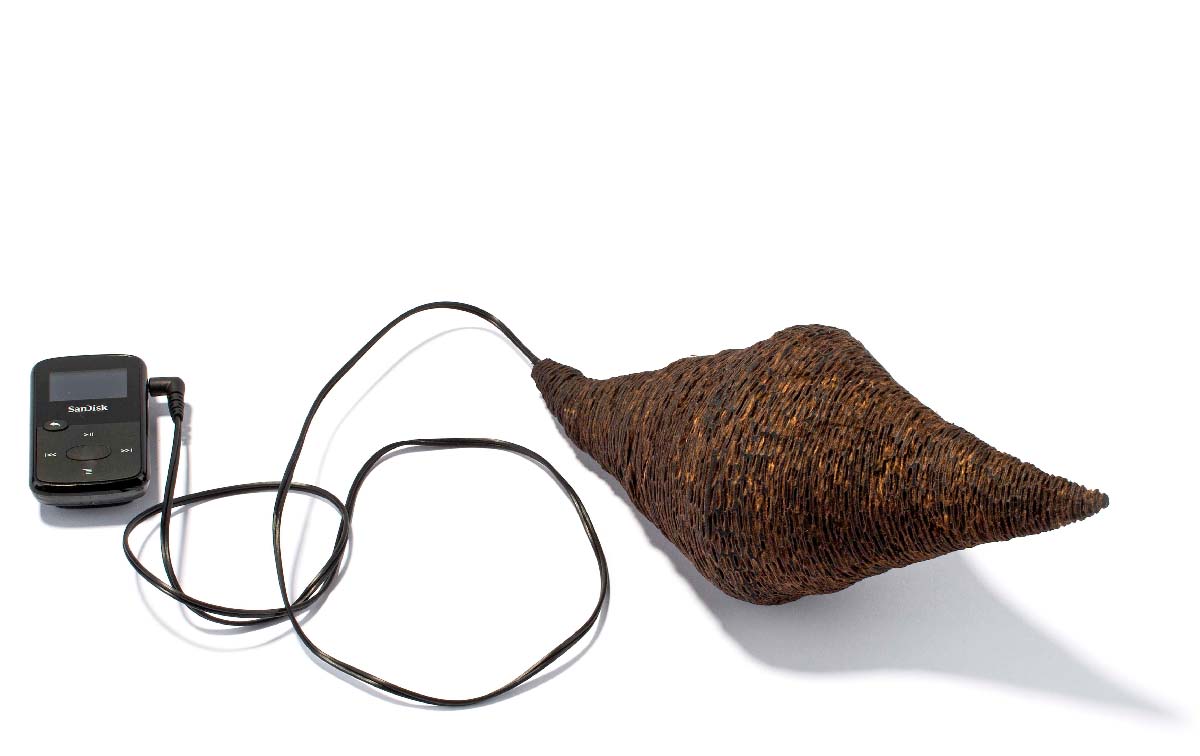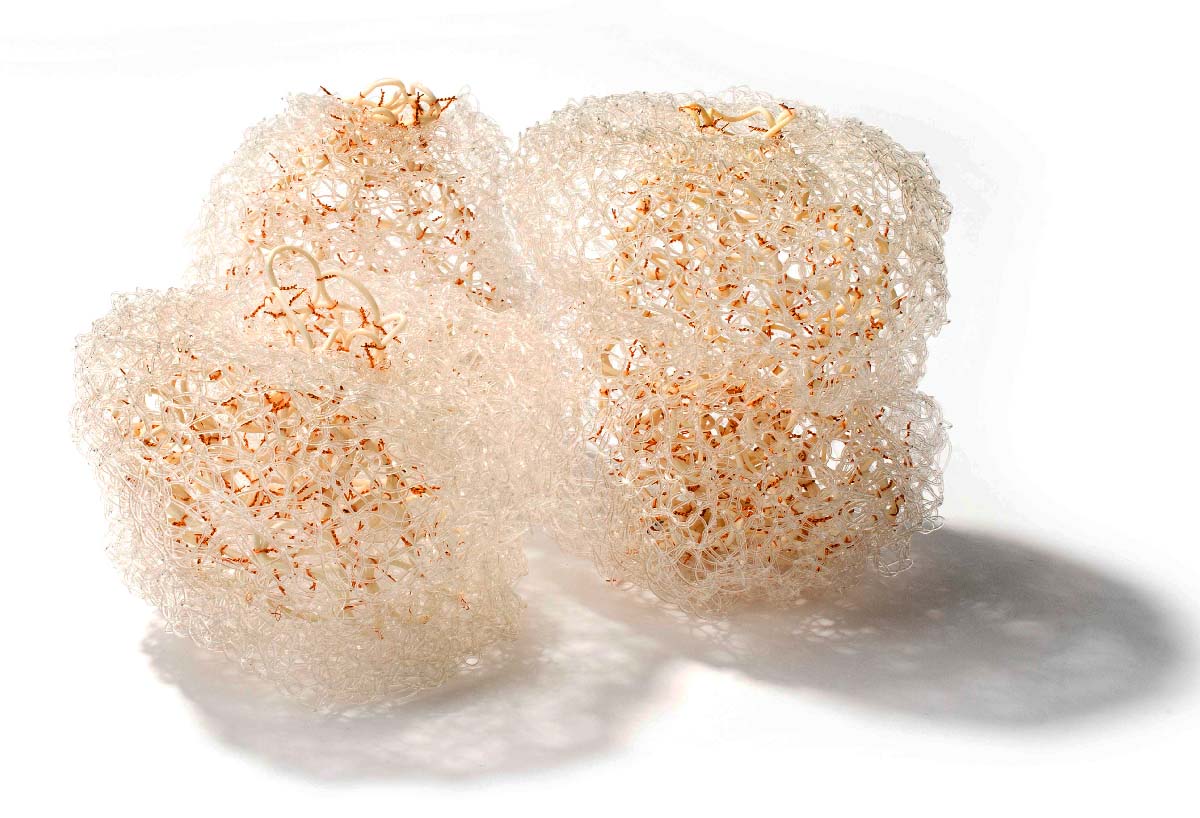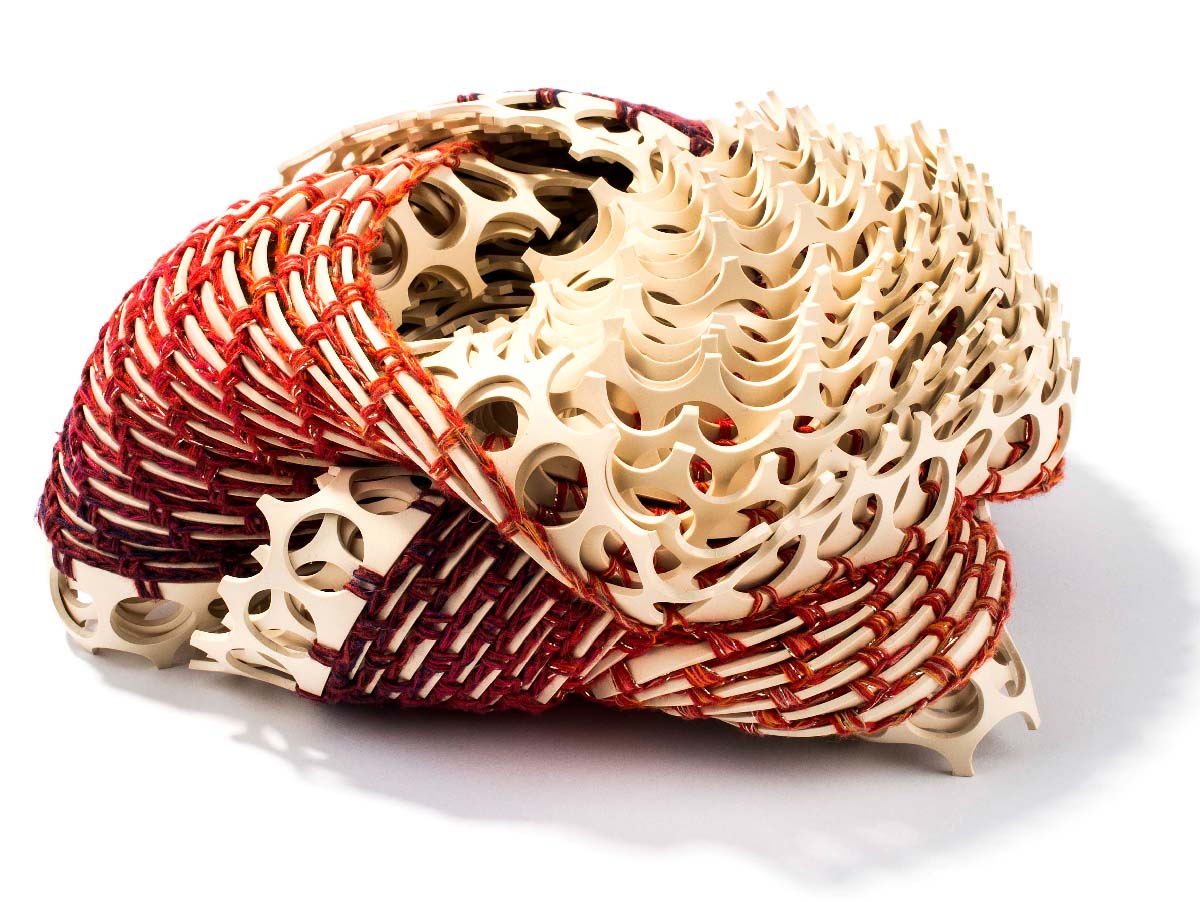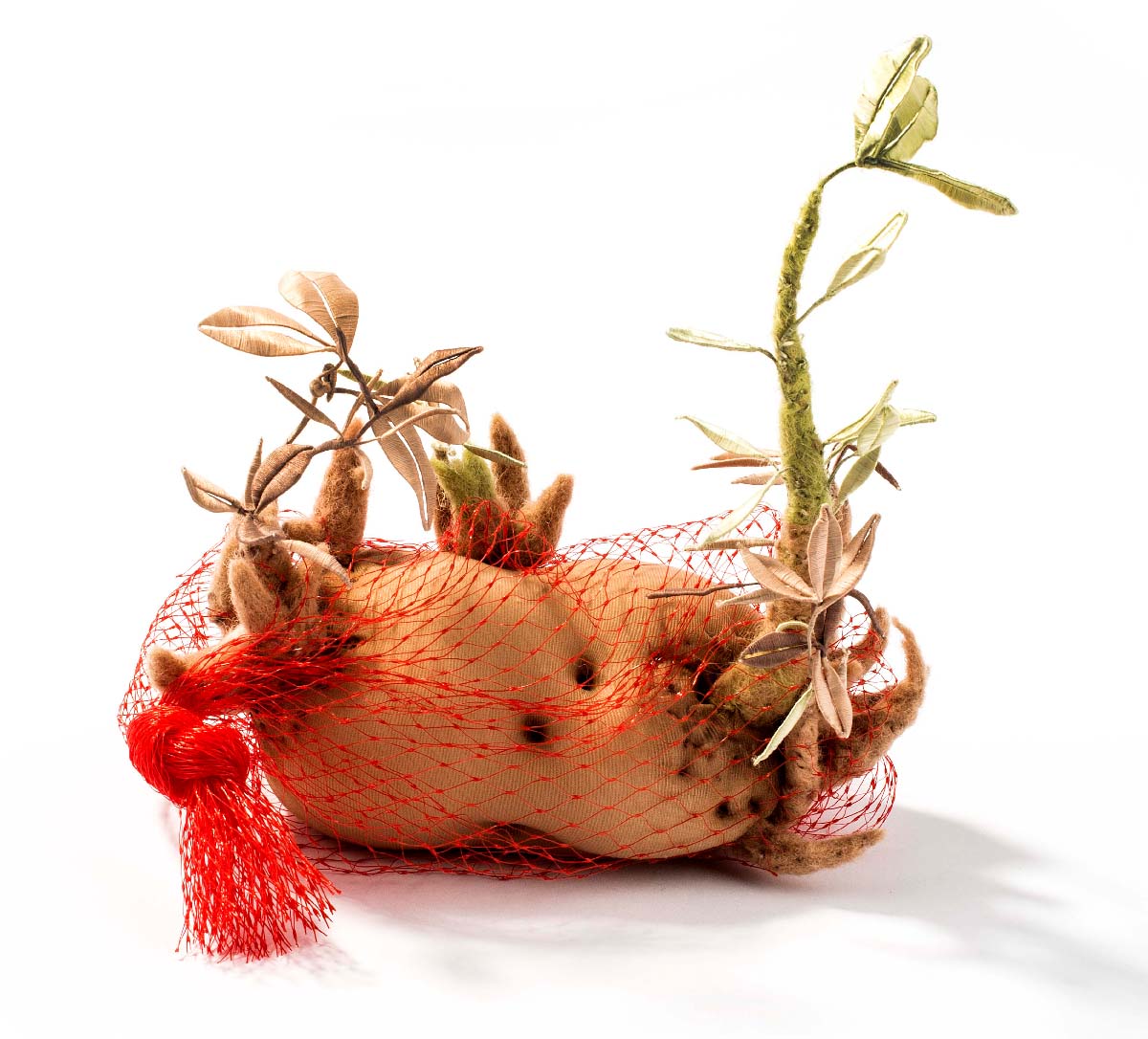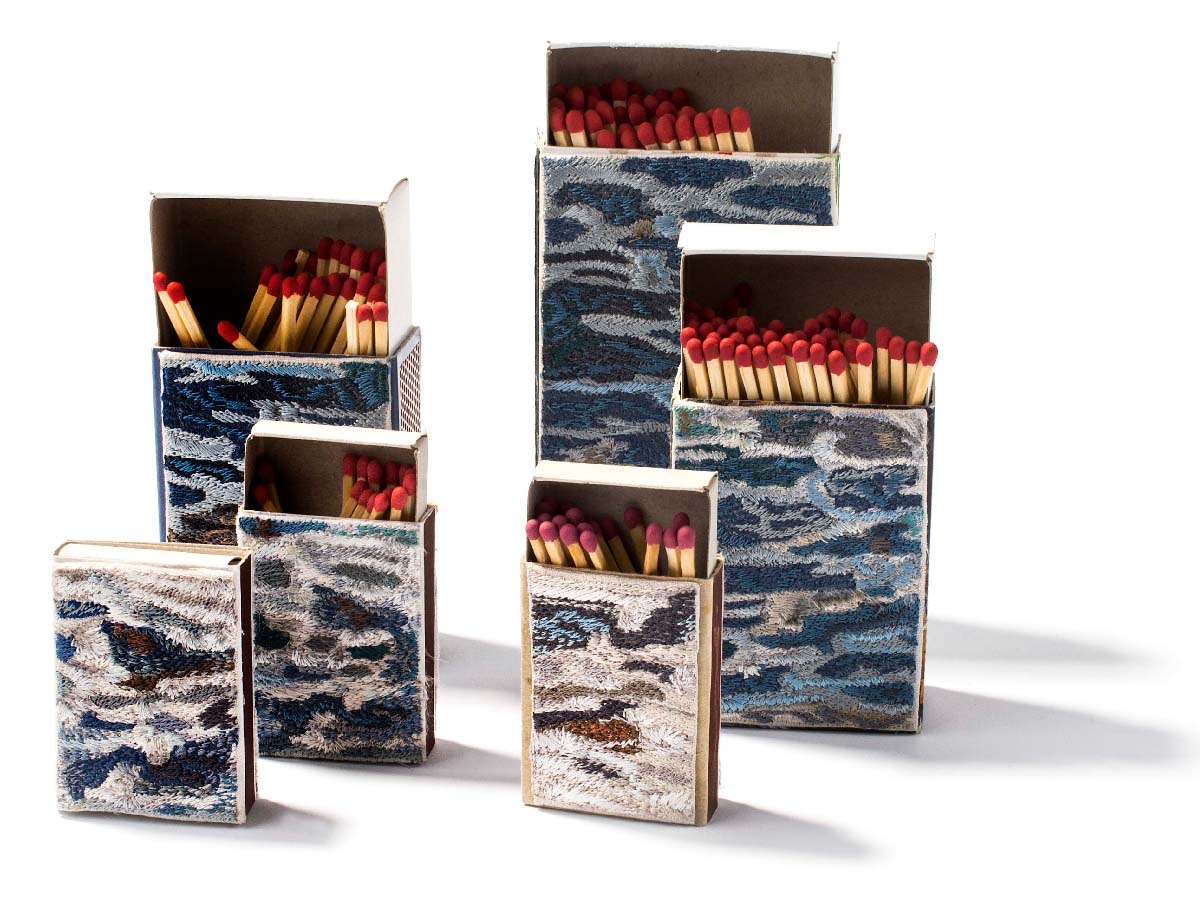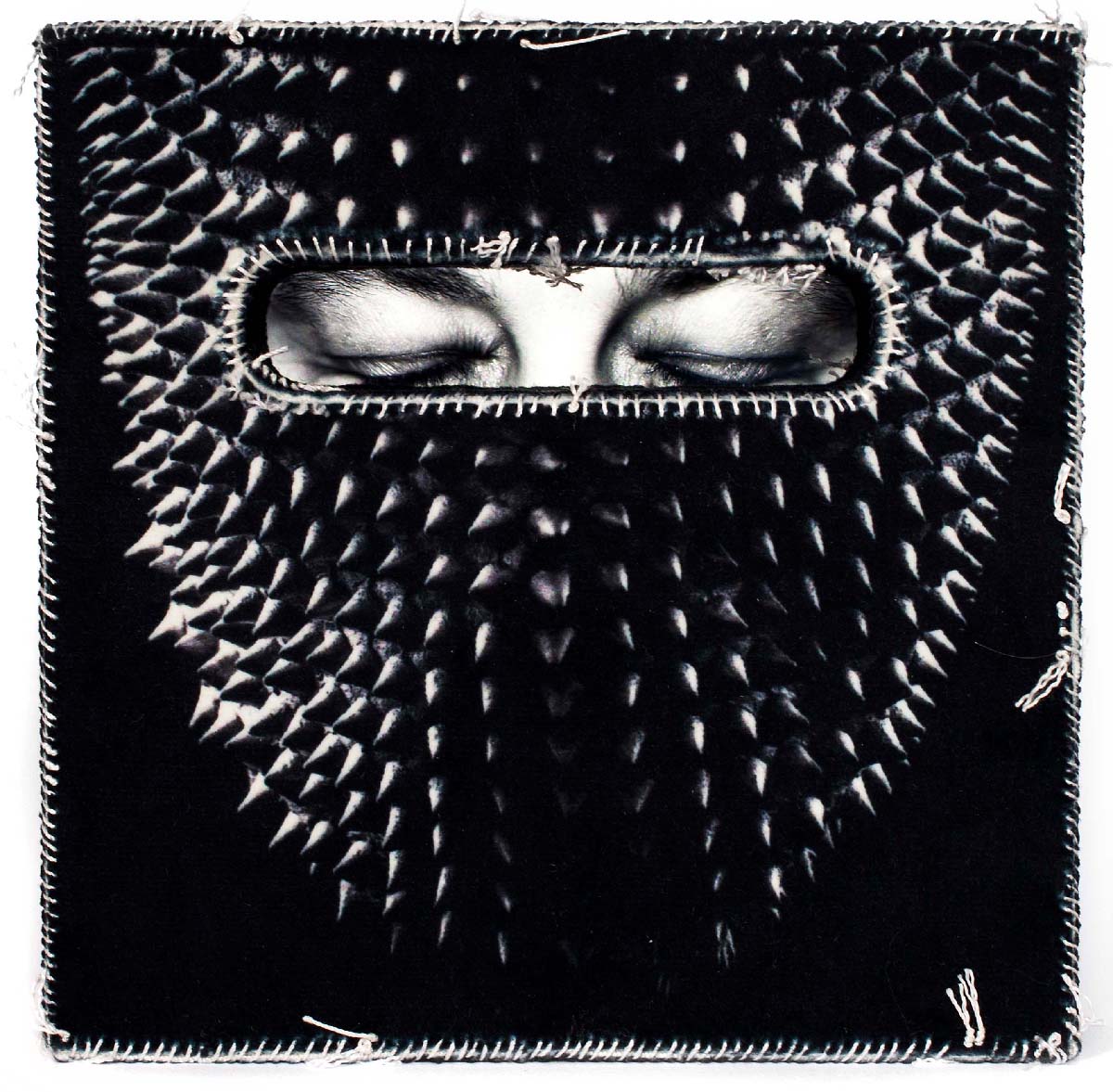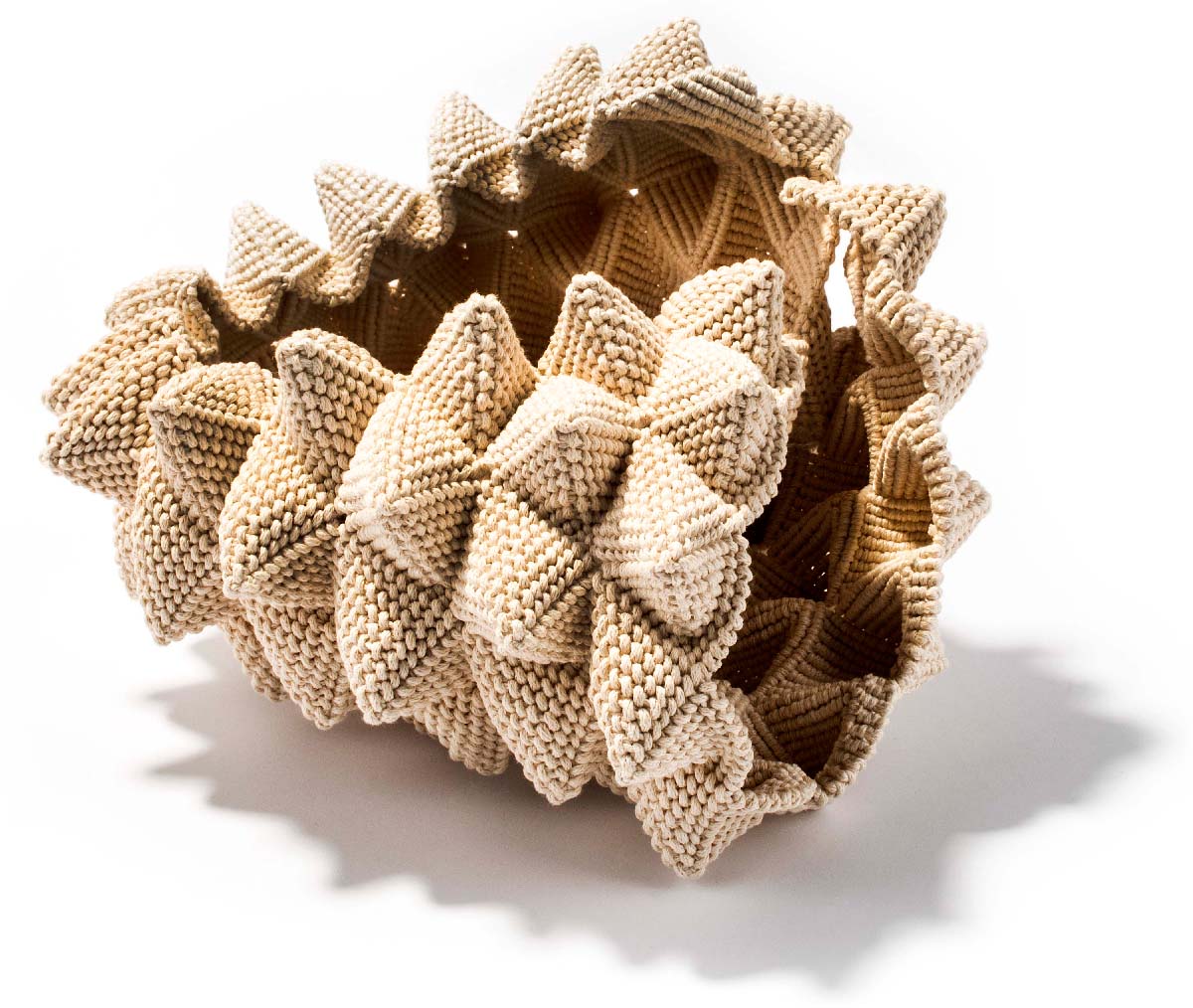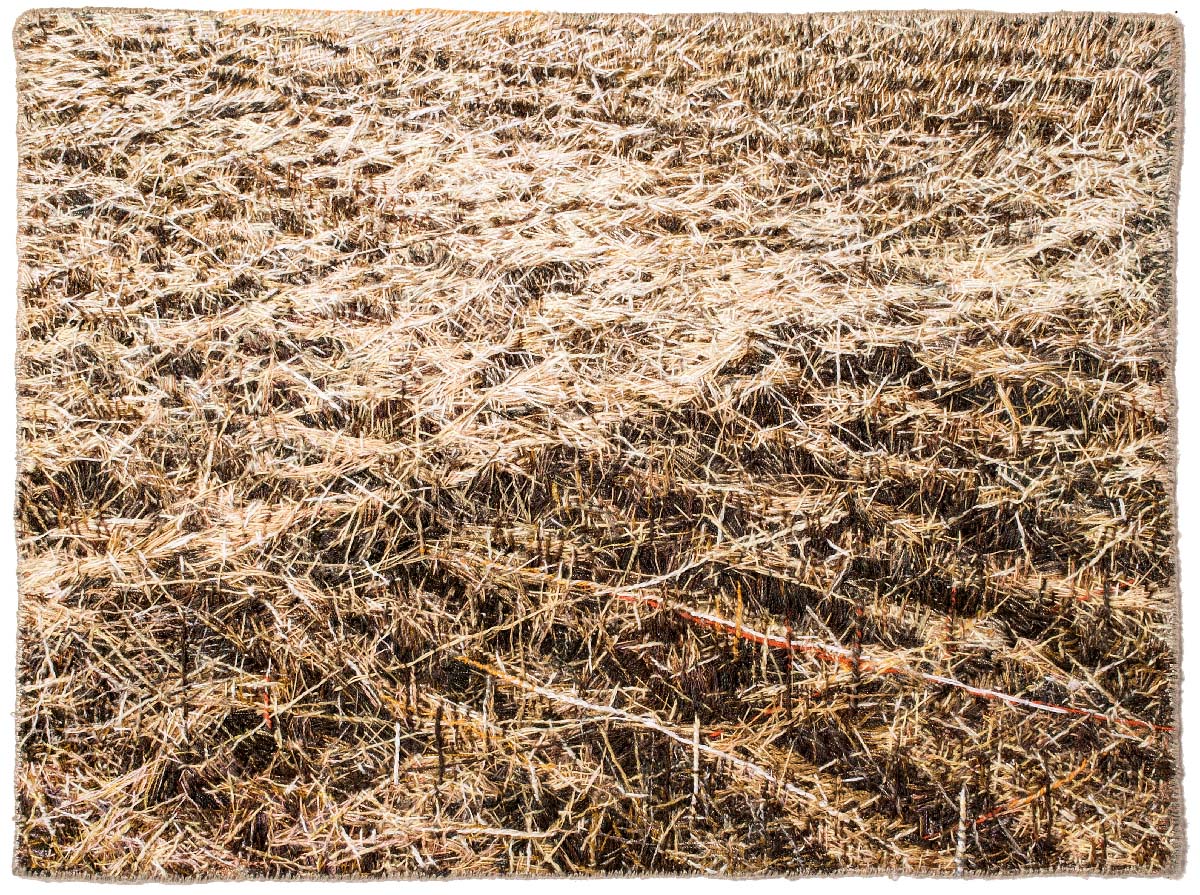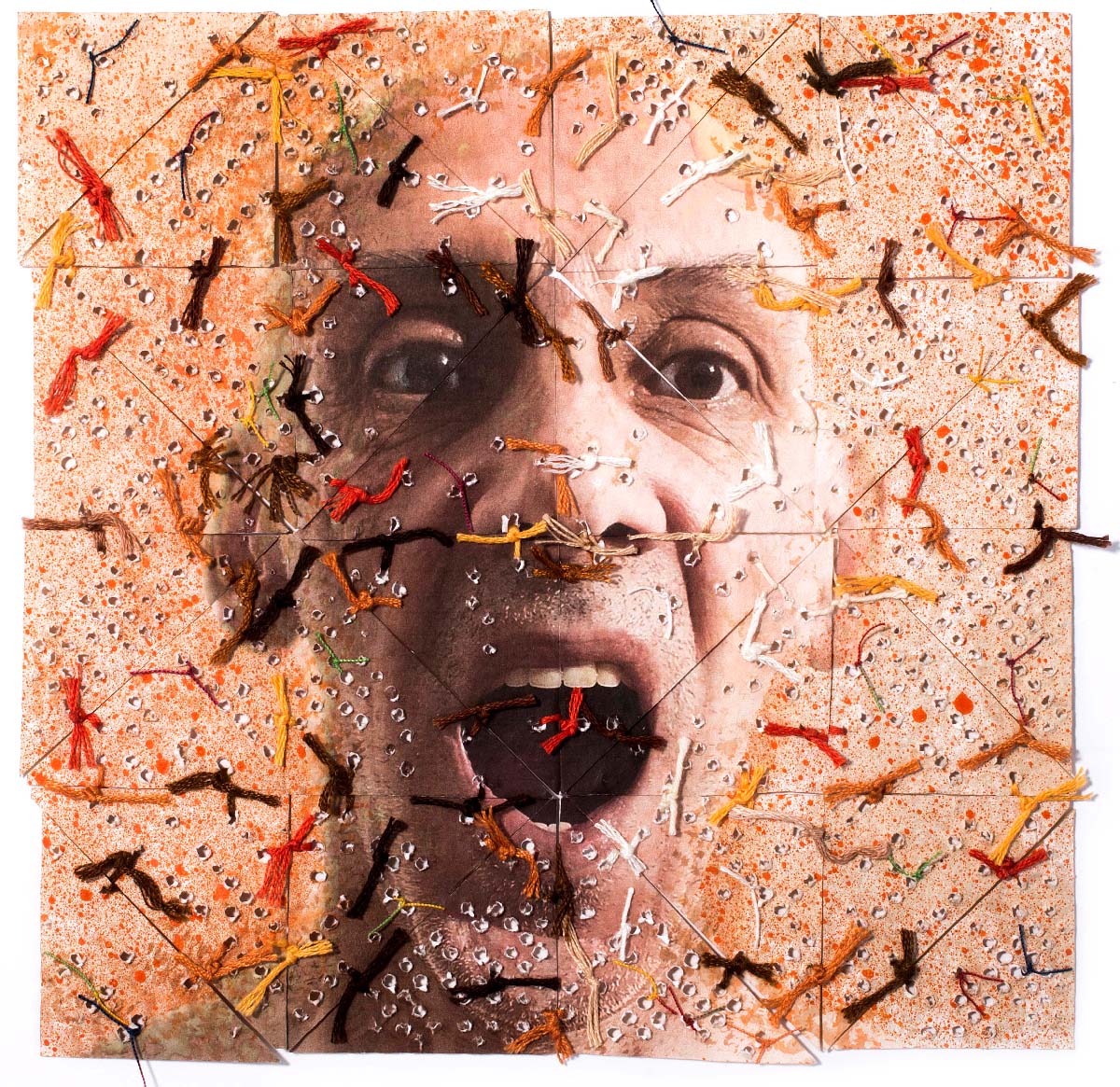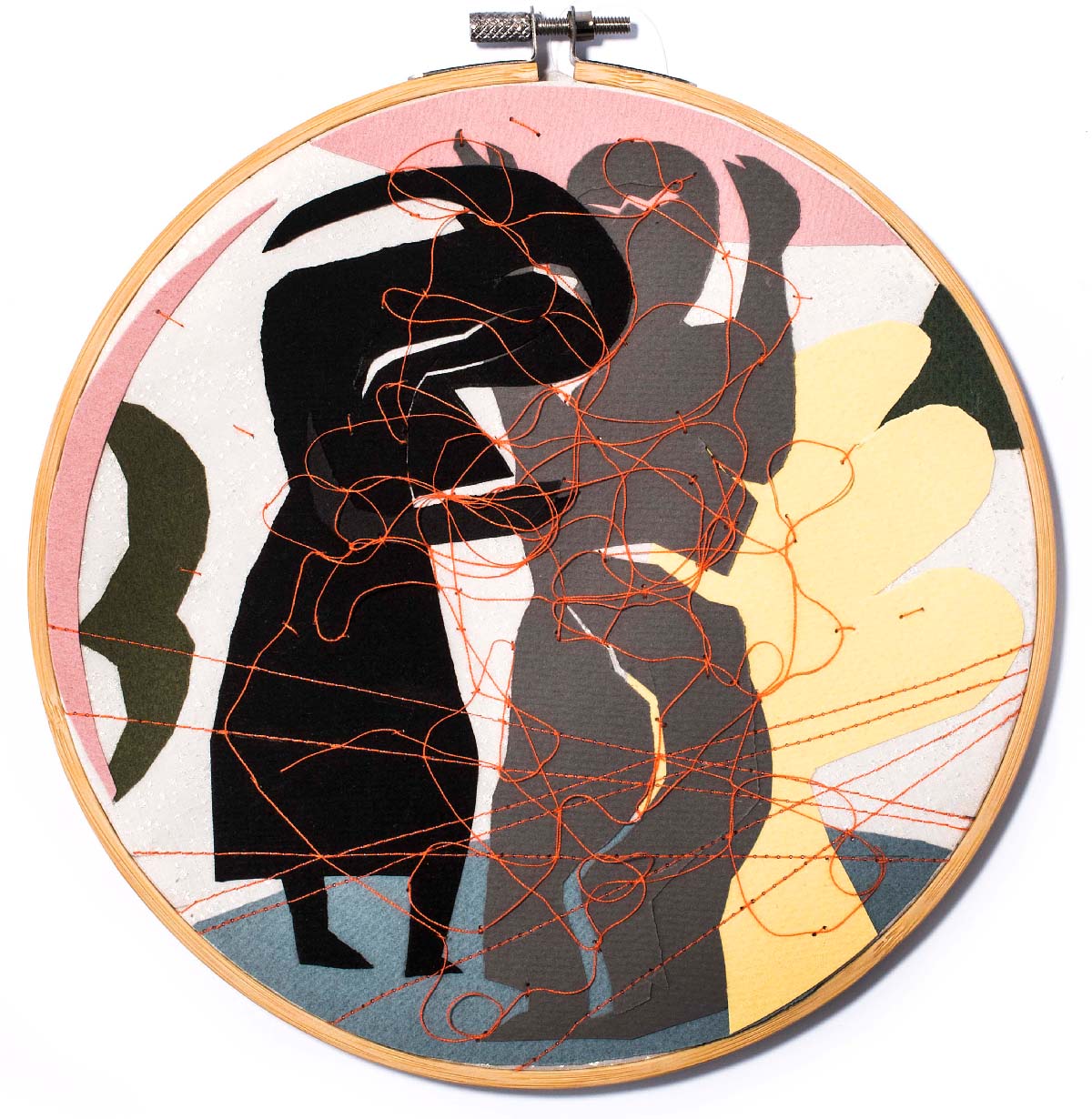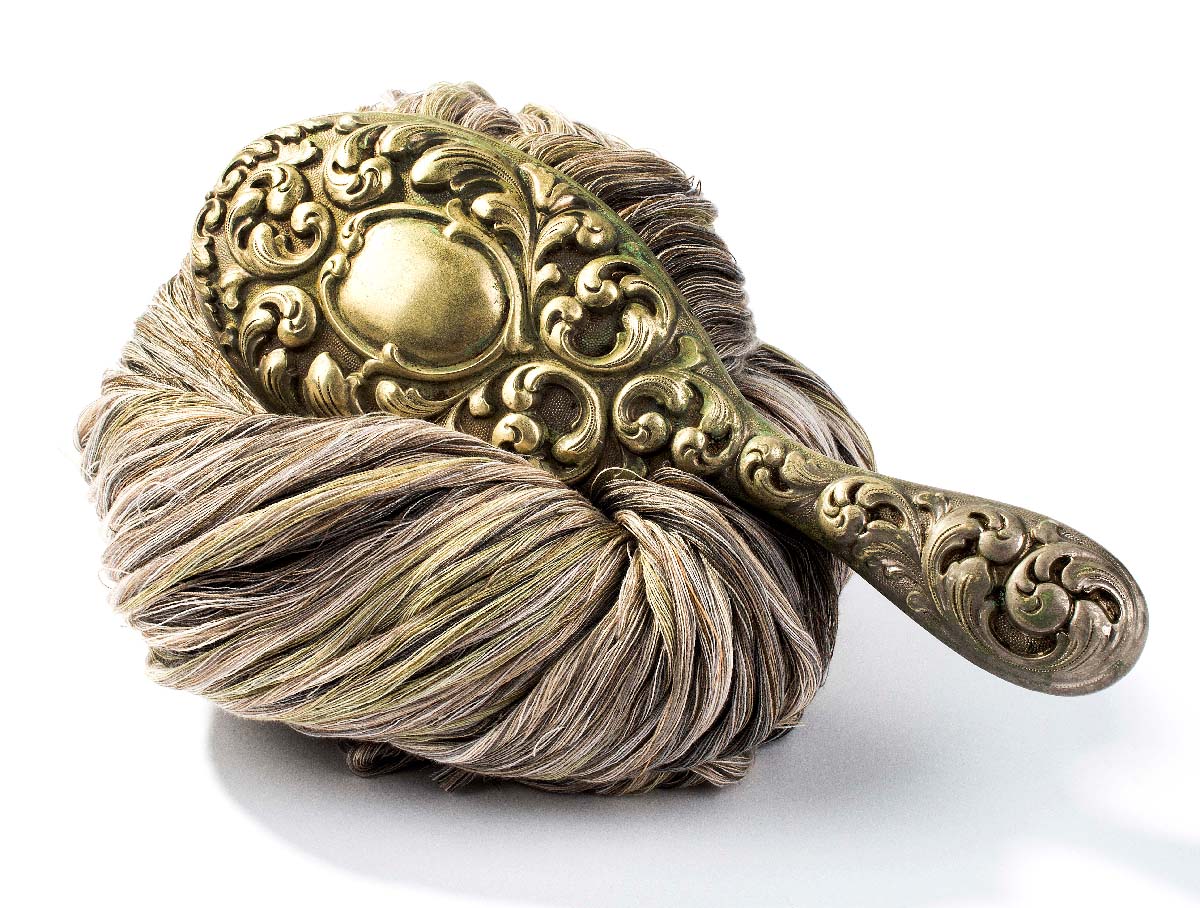
12th Baltic Mini Textile Gdynia
Within the nearly 30 years of the competition’s existence, artists from Europe, Asia, North and South America as well as Australia have presented their miniatures. During this year’s edition of the review, we will see a similar array of participants’ nationalities. The exhibition presents 50 textile miniatures selected by the jury among 338 entries sent by 186 artists from 30 countries.
The theme of this year’s competition’s edition is nature. The variety of inspiration which the artists found in the world of flora and fauna, the admiration of the elements’ power, the fascination in the cycle of life – decay and sprouting or birth and death allowed to create an intriguing tale of our planet. The tiny pieces of art have converged the questions about micro and macrocosms like a lens. Are we going to find answers? During the 12th Baltic Mini Textile Gdynia, the artists most frequently focused on the beauty and diversity of the nature. They observed its laws and asked questions on the definition of nature or the delicate borderline between the natural and the artificial. This allowed us to group the pieces into the following thematic blocks: Water, Forest, Laws of Nature and Natural/Unnatural.
WATER
The ancient saw it as a source of life and the earliest beginnings. They were not wrong. Scientists have confirmed that water takes up over 71% of the globe’s surface and it is one of the substance which occur the most frequently in the universe. Its proportion in our bodies is similar. Religions deem it a symbol of cleansing and a new life while biologists see it as a necessary condition for the existence of organisms.
Water was also a patron of the triennial’s coming to existence. The first post-competition exhibitions in 1990s were held on “Dar Pomorza” – a museum ship moored in Gdynia and a branch of the National Maritime Museum in Gdańsk. No wonder the sea element frequently inspired artists who participated in the Baltic miniature competition.
During this year’s edition, the group of pieces which refer to this subject is especially large. Among them, there are references to the abundance of the underwater world and the bodies of water on our planet. Apart from the natural ones – a lake in a mini textile by Agata Read, the sea embroidered by Baiba Osite or the ocean by Jenifer Ann Burgess – we will see a swimming pool with a woman diving in it, woven by Aleksandra Parol. Magdalena Soboń, on the other hand, introduced a sound element into her miniature – Personal Rain Whisperer – the sound of falling drops. Attention is drawn to pieces with a symbolic meaning, like Water pyramid by Virginija Degeniene which presents a delicate structure, resemblant of a house of cards. Is the perfect balance of water ecosystem bound to collapse soon? The piece by the afore-mentioned Baiba Osite seems ambiguous too. The artist chose to embroider the Baltic Sea on matchboxes and to combine – not for the first time – the elements of water and fire.
FOREST
In mythologies and beliefs, trees symbolise the connection between the sacred and the profane – a place where you can meet God. In many cultures’ religions, a tree and its fruit bear wisdom and life. Today, nearly 31 per cent of the Earth’s land is covered by forests. Average life span of a tree is over several centuries and some long-lived species, like pines, sequoias, yews or oaks can live up to several thousand years, which makes them important witnesses to the existence of our planet. Do trees feel or remember? Can they communicate with one another? Foresters believe so. How about artists?
Forest narratives have stirred the imaginations of many textile artists, which resulted in this section being the broadest group during this year’s triennial. It is dominated by 3D objects made in various authors’ original techniques. Žydrūnė Kriūkaitė Juciuvienė, who combined wool with bioplastics, made an extraordinarily expressive portrait of a tree trunk. Auste Guogaite received an interesting result as well, by introducing a thread into a section of a natural trunk. Other artists were intrigued by verticality which can be noticed in the nature. From the light, openwork piece by Izabela Wyrwa made of fired paper, through mysterious laser-cut portraits in wool by Paolo Jacobo Alonso León, to mushroom-like growths on the wooden base of Bente Knudsen Sanden’s miniature, every artist allows us to focus on details. There are broader perspective as well – intricate embroideries of forest landscapes (Dace Grīnberga) and field landscapes (Anna Więckowska-Kowalska).
LAWS OF NATURE
The ancient believed that nature strives for harmony. The theory of evolution challenged the Platonian order and replaced it with natural selection, fighting for resources and the survival of a species. However, we should not forget there are other scenarios too. Recently, the roles of symbiosis and interspecies cooperation are emphasized more and more powerfully. Is the return to harmony possible?
The 12th edition of Baltic Mini Textile Gdynia is taking place at a unique time. The call for entries was announced during the COVID-19 pandemic in 2019 and its end’s date nearly coincided with the the outbreak of war in Ukraine. The collapse of the previous order, uncertainty, the shaken sense of security, the spectre of crisis – all of these can be sensed in the pieces submitted to the triennial.
The 12th edition is gloomier than the previous ones. The participants of the competition do not let us forget that in the world of nature, there is room not only for beauty, but also decay, not just for life, but also for death. They show the reverse side of the biological processes – the one we would rather forget. We can see it in the collage piece by Helga Borisch In the Fire of Karolina Kurpiewska’s jacquard Postcard from a Slaughterhouse.
The question about the origin of life is a separate issue. In an extraordinarily delicate mini textile made on paper with Japanese ink, Kenji Sato depicts the universe as a harmony of interpenetrating points and patches.
NATURAL / UNNATURAL
Ancient and medieval thinkers wanted to see human as a microcosm. People’s humours or temperaments were connected with bodily fluids (blood, phlegm, bile, black bile) which were considered the counterparts of elements which control the nature. All the body arts, on the other hands, were believed to be influenced by the twelve signs of zodiac. In the age of renaissance and at times much closer to today’s reality (like for example Le Corbusier’s 20th c. designs) body proportions were reconstructed in architectural modules. Therefore, when we think about the nature, it is impossible to pass over human part and position in it.
The exhibition is concluded by a section dedicated to the definition of nature. The pieces gathered in it are artistic responses to the question of the thin line between the natural and the unnatural. It is also an attempt to capture the moment, when the world of nature is entered by humans who impose their order, systematics and divisions on it. This causes some tension between the biological code and cultural creation.
Interestingly, two pieces which present human beings assume interaction, as if the artists wanted to point out that meanings are not given once and for all but they demand interaction and a viewer’s participation. Marija Mažeikaité introduced an element of video-art into her miniature. Blinking eyes are the only visible element of the face covered with a mask bristling with spikes. Janusz Kucharski, on the other hand, put his phenotype in the hands of the viewer, allowing any modification to the miniature’s shape.
There also are some miniatures which present issues which elude the laws of physics and biology or transcend matter. Magdalena Kleszyńska has an interesting perspective on the issue of time and passing as she forms grey threads coming out of a brush into an infinite loop. Brigitte Amarger’s borderline surrealist Eden, Rolands Krutovs’s dreamy piece or the openly unnatural work by Dominika Walczak are curious examples as well.
A tour of the exhibition is not just an encounter with nature but a journey into the depth of the weaving medium’s potential. Apart from the tapestry technique, embroidery, felting or jacquard, we will see pieces which are made with the use of their authors’ original techniques, in which textile is combined with drawing, digital print or even video-art. The miniature form is a perfect training ground for experimentalists. A monumental textile must bear its own weight while a miniature one is light, thanks to its size. Therefore, artists may use non-durable, fragile or brittle materials. The authors pick 3D, sculpting forms. Innovative ideas, of which artists have plenty, play a decisive role in small scale. Small is- beautiful!
Anna Śliwa, exhibition curator
